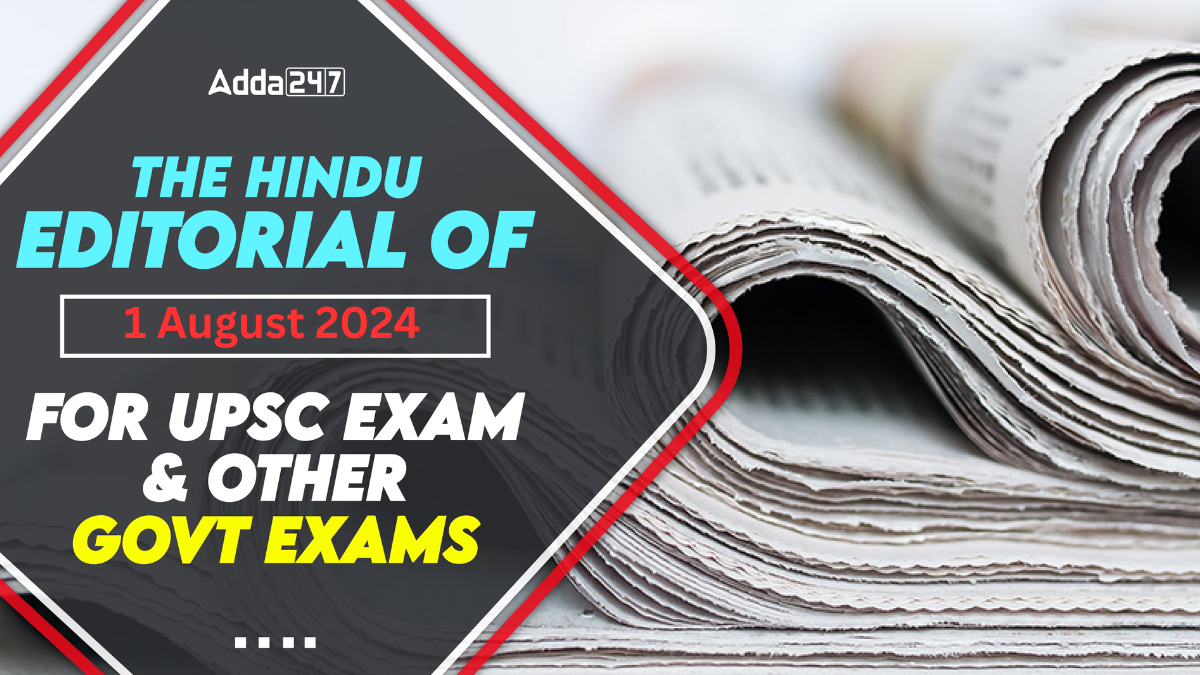Editorial: The Global Struggle for a pandemic treaty
The 77th World Health Assembly (WHA) in Geneva, held from May 27 to June 1, 2024. It aimed to enhance global pandemic preparedness, establish prevention mechanisms, and address inequities. Despite not finalizing the Pandemic Agreement, the assembly made significant progress with amendments to the International Health Regulations (IHR) 2005, focusing on improving countries’ ability to respond to Public Health Emergencies of International Concern (PHEIC). The new category, Pandemic Emergency (PE), ensures timely and equitable access to health resources during crises. The assembly extended the mandate of the intergovernmental negotiating body (INB) responsible for the Pandemic Agreement, aiming for completion by the 78th WHA in May 2025 or earlier. However, key contentious issues such as the Pathogen Access and Benefit Sharing (PABS) mechanism, technology transfer and intellectual property rights, and the One Health approach remain significant obstacles. Skilled diplomacy and political will are needed for a safer and fairer global health system.
Pathogen Access and Benefit Sharing (PABS)
A significant point of contention in the pandemic agreement negotiations is the Pathogen Access and Benefit Sharing (PABS) mechanism, outlined in Article 12.
- This system aims to rectify the glaring inequities in treatment access and vaccine distribution that were exposed during the COVID-19 pandemic. The PABS mechanism ensures that genetic resources and pathogen samples shared by developing countries are reciprocated with corresponding benefits, such as vaccines and diagnostics, which result from research and development based on these samples.
- The latest proposal stipulates that manufacturers of vaccines and diagnostics, primarily based in wealthy nations, using genetic information from pathogens in low- and middle-income countries, would commit to donating a portion of their products to the WHO for global distribution based on need and effectiveness.
However, this proposal faces significant opposition. Low- and middle-income countries (LMICs) are advocating for a guarantee of at least 20% of shared pandemic products, while many high-income countries argue that 20% should be the maximum limit, with some refusing to agree to the 20% threshold altogether. The lack of consensus on this issue remains a major obstacle to the adoption of the Pandemic Agreement.
Technology Transfer and Intellectual Property
The inequities observed during the COVID-19 pandemic were exacerbated by intellectual property protections, rich-world hoarding, export restrictions, and manufacturing limitations. The transfer of technology, know-how, and skills is critical for preparing for and responding to pandemics.
- Strong provisions for technology transfer and local production could potentially compensate for failures in PABS negotiations, ensuring that LMICs are not reliant on “charity” from high-income countries and can maintain self-sufficiency.
- Articles 10 and 11 of the Pandemic Agreement outline the governance of production and technology transfer, highlighting the importance of sustainable and geographically diversified production through mechanisms such as product information sharing and the use of TRIPS flexibilities, including compulsory licensing.
- However, there remains a lack of consensus on the transfer of ‘know-how’ and the binding nature of these transfers. High-income countries favor Voluntary and Mutually Agreed Terms (VMAT), which could discourage LMICs from adopting mandatory approaches recognized under the TRIPS Agreement.
- Additionally, disagreement over the ‘peace clause,’ which requires member states to respect the use of TRIPS flexibilities and avoid discouraging their use, further delays negotiations.
One Health Approach
- The draft Pandemic Agreement also requires member states to adopt a One Health approach to pandemic preparedness and surveillance, recognizing the interconnection between human, animal, and environmental health.
- This approach promotes a coordinated effort among all relevant organizations, sectors, and actors.
- While high-income countries, particularly the European Union, strongly support the One Health approach, LMICs view it as an unfunded mandate that imposes an additional burden on their already strained resources.
- A persistent challenge in international law is the lack of robust compliance mechanisms and accountability.
- The proposed Conference of Parties (COP) will play a crucial role in the implementation of the Pandemic Agreement by reviewing its functioning every five years and establishing an inclusive, transparent, and effective monitoring and evaluation system.
- The response of wealthy nations to this proposal will be pivotal in the forthcoming negotiations.
Conclusion
The ongoing negotiations for the Pandemic Agreement represent a critical juncture in global health governance. Beyond ensuring the immediate availability of medical products during emergencies, the agreement aims to promote long-term and sustainable access by diversifying production and enhancing regional manufacturing capabilities. The issues of pathogen access and technology transfer are essential to the success of the agreement. The recent amendments to the International Health Regulations (IHR) and the ongoing negotiations demonstrate unprecedented strides in international law. However, the path forward requires skilled diplomacy, political will, and a commitment to international cooperation and mutual solidarity.



 Why India-Pakistan Partition Needed?
Why India-Pakistan Partition Needed?
 The Hindu Editorial Today 31 July 2024, ...
The Hindu Editorial Today 31 July 2024, ...
 The Hindu Editorial of 30 July 2024 For ...
The Hindu Editorial of 30 July 2024 For ...







